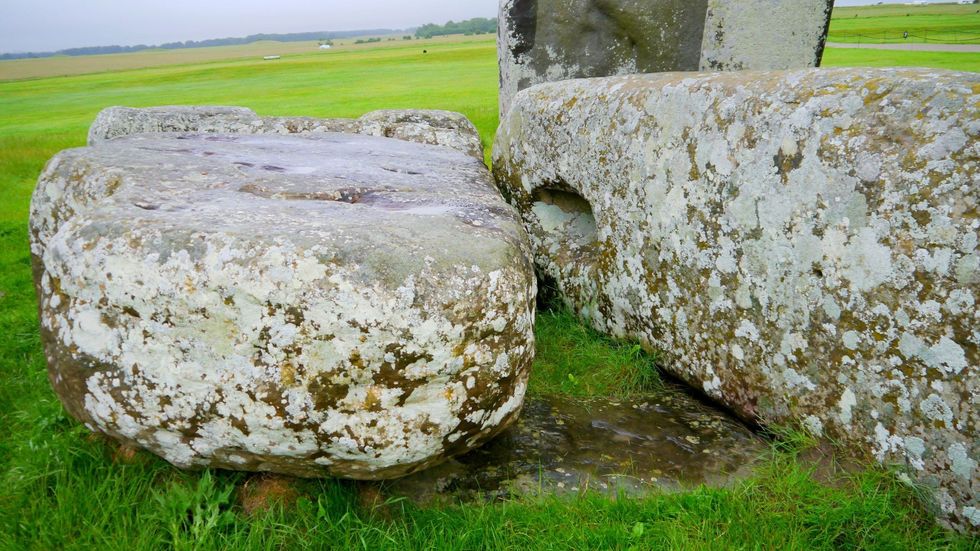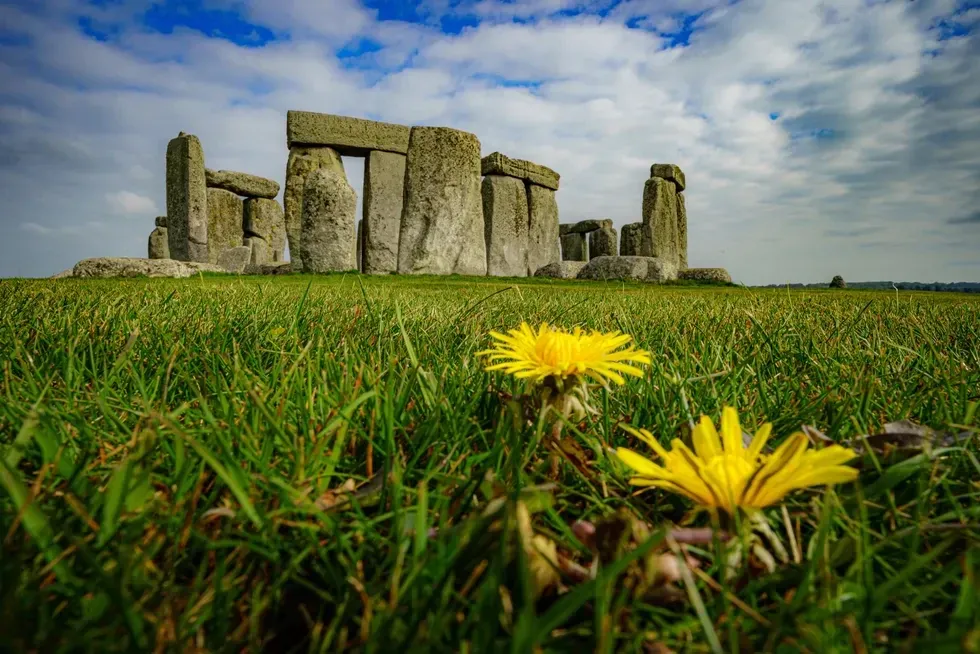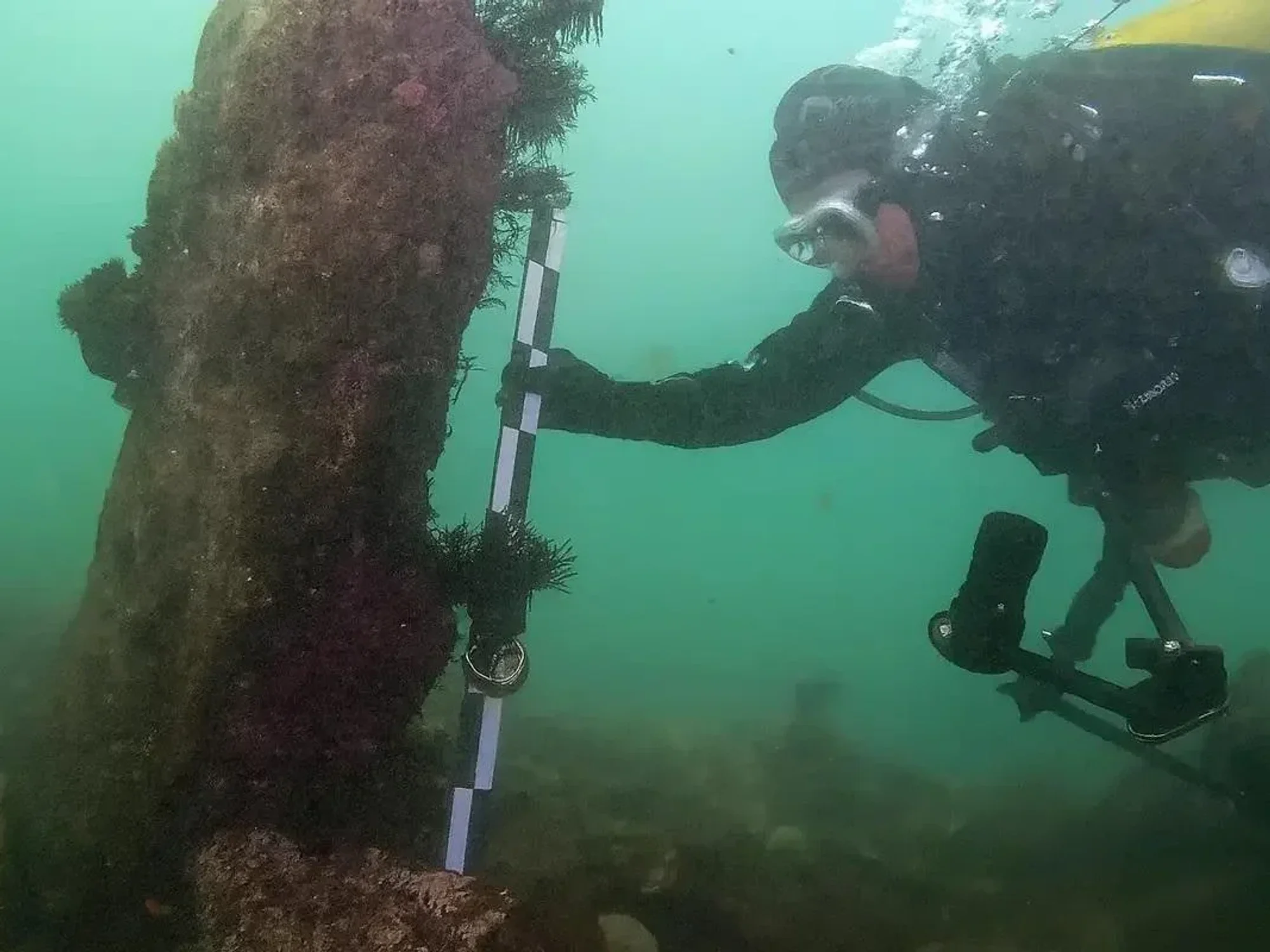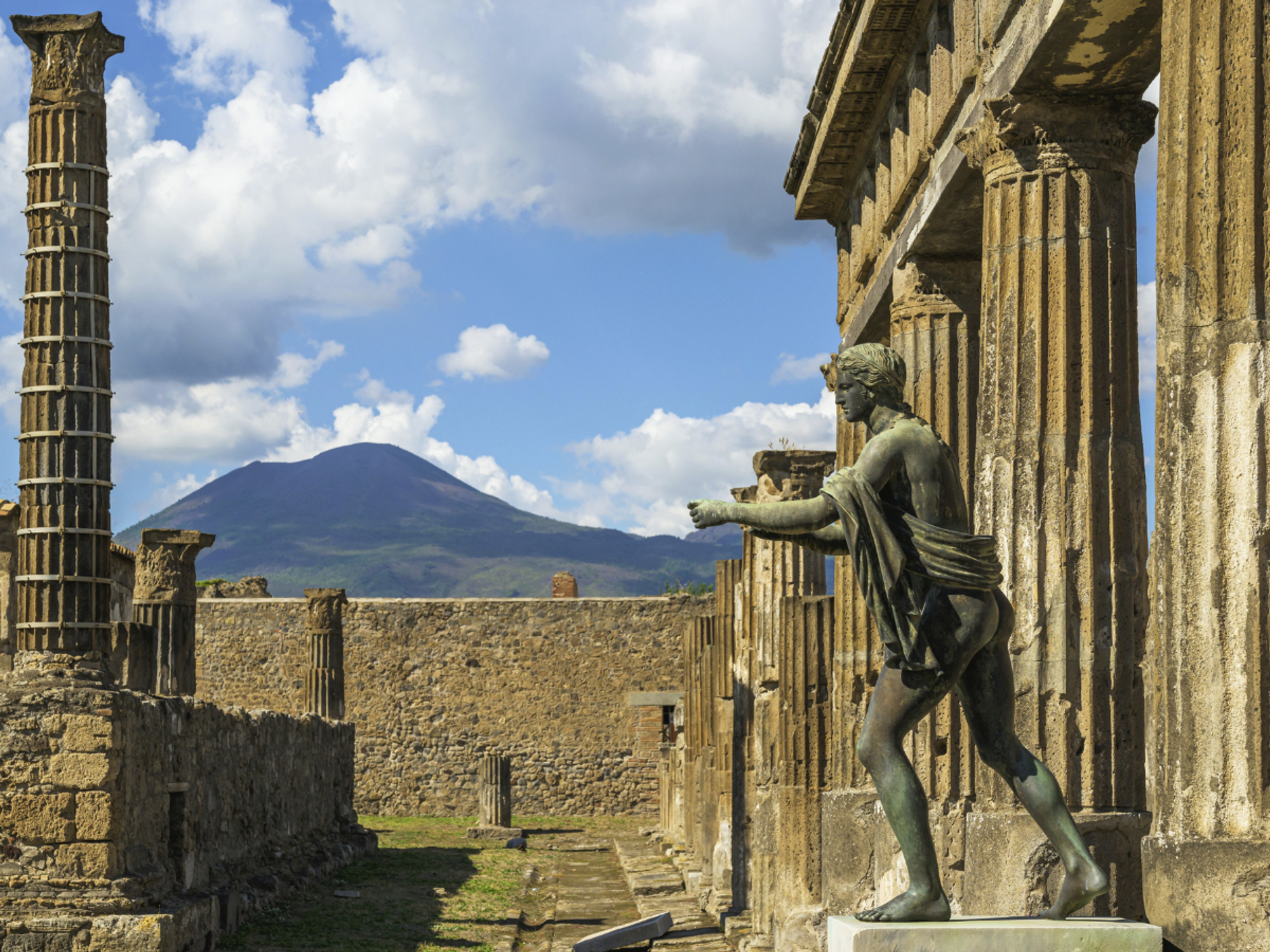Stonehenge mystery solved as scientists finally discover how bluestones were transported from Wales 5,000 years ago
The bluestones were transported a staggering 125 miles
Don't Miss
Most Read
Scientists have discovered how bluestones were transported from Wales over 5,000 years ago in a major development in the story behind Stonehenge.
A research team headed by Professor Richard Bevins of Aberystwyth University has analysed a stone known as the Newall boulder, discovered during excavations approximately 100 years ago.
Their findings show how Neolithic communities moved the stones more than 125 miles from north Pembrokeshire to Salisbury Plain in Wiltshire.
The discovery settles a long-standing scientific dispute about whether glacial movement or human transportation caused the stones to be present at the prehistoric monument.

The stones were transported over 100miles
|Wikimedia Commons
The research focused on examining the Newall boulder, roughly the size of a football, comparing it with rock samples from a Welsh outcrop.
Through detailed geochemical and microscopic examination, the team found "no evidence to support the interpretation that it is a glacial erratic".
The boulder corresponds to the distinctive properties of stones from Craig Rhos-y-felin, showing how human transportation, rather than natural glacial movement, is involved.
Evidence already exists showing Neolithic groups quarried stone at this north Pembrokeshire location around 3,000BC.
LATEST DEVELOPMENTS
Researchers noted that if glaciers had transported the stones, similar rocks would be scattered widely throughout the area.
Laboratory testing showed the Newall boulder and additional Stonehenge fragments contain matching thorium and zirconium concentrations to Craig Rhos-y-felin stone.
The boulder consists of foliated rhyolite with an outer coating abundant in calcium carbonate, formed during extended burial in Stonehenge's chalk-rich earth.
According to the researchers, this calcium carbonate layer provides additional proof of human transport.

Researchers proved that glaciers did not move the rocks
| GETTYThe researchers noted: "Part of the fascination of Stonehenge is that many of its megaliths, in contrast to the large, relatively local sarsens, can be proven to have been sourced from Wales, over 200 kilometres to the west.
"Most archaeologists accept that Neolithic people achieved this remarkable feat, transporting blocks weighing up to 3.5 tonnes.
"There is, however, a contrary view, which proposed that no human effort was involved.
"Rather, it is argued, the Welsh stones were transported by glacial ice long before Stonehenge was built.."











